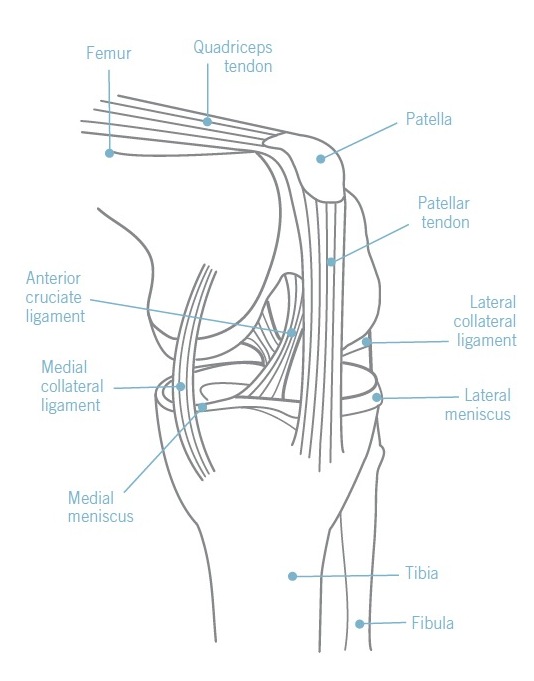MENISCUS REPAIR SURGERY

During game two of the first round of playoffs against the Rockets, Oklahoma City Thunder star Russell Westbrook injured his knee in a collision with another player. Although Westbrook remained in the game for 29 more minutes—scoring an astounding 20 points—medical testing later revealed that he suffered a torn meniscus as a result of the impact. Several days later, Westbrook underwent meniscus repair surgery that will have him riding the bench for the remainder of the season. Meniscus tears usually require surgical treatment to minimize a player’s time off the court and maximize their ability to return to full activities. If you have suffered a meniscus tear, it’s important to pursue immediate medical attention.
What Is A Meniscus Tear?
A meniscus tear is a common injury among athletes and usually occurs when the durable “cushion” or “shock absorber” inside the knee joint rips or shreds. Athletes often notice a popping sound at the time of injury, though sometimes patients don’t recall any specific event that caused the tear. In the days following injury, a meniscus tear can cause pain, swelling, and reduce the range of motion of the knee. In most cases, meniscus surgery is needed to relieve pain and help the patient regain optimal long-term function and athletic performance.
Meniscus Resection Versus Repair
Without meniscus surgery, a tear may cause persistent pain and sometimes the tear may become larger. Additionally, fragments of the tear can act as an irritant and injure the cartilage lining of the knee. Over time, untreated meniscus tears can even raise one’s risk of developing arthritis. In general, orthopedic surgeons treat meniscus tears with two methods: resection and repair.
Also known as meniscus removal, resection involves the removal of the torn portion of the meniscus that is causing pain and no longer serving its role as a cushion. Meniscus repair, on the other hand, is a procedure to mend the tear and allow it to heal. Unfortunately, only a minority of meniscus tears are mendable to repair due to poor blood supply and limited healing potential. The decision to repair a meniscus tear is usually made at the time of surgery, once the surgeon examines the anatomy under arthroscopic magnification and determines the healing potential. While partial removal of the torn meniscus results in more immediate pain relief and a return to sports, successful meniscus repair requires a prolonged period of immobilization and rehabilitation, much like Westbrook is facing. Seeing a board certified sports medicine expert like Dr. Millstein is the best way to ensure a full and speedy recovery after a meniscus injury.
Recovery After Meniscus Surgery
A representative from the Thunder announced that Westbrook underwent meniscus repair to correct the tear rather than just a procedure to remove the cartilage. Although fans are disappointed, the choice could help ensure Westbrook’s health and career in the years to come.
Meniscus tear surgery is usually performed arthroscopically through a series of small incisions in the knee and is offered on an outpatient basis. The procedure usually lasts less than 1-2 hours, is associated with only mild post-surgical pain, and offers a high rate of success, assuming that the patient follows a strict rehabilitation program.
Although most patients can bear weight a few weeks after surgery, they may not be able to resume exercise and normal activity for several months. Dr. Millstein works with his patients and their physical therapists to ensure a safe, speedy recovery after meniscus tear surgery.
Contact Dr. Millstein Today
Los Angeles meniscus tear expert Dr. Eric Millstein specializes in arthroscopic procedures to repair meniscus tears and other sports injuries, assisting athletes like Westbrook to return to sports. If you have suffered a meniscus tear or other injury affecting your comfort and mobility, don’t wait to seek help. Call (310) 595-1030 to set up an appointment at our office today.

